Africa tackles biohacking for healthcare
Published 29 June 2017 by la rédaction
They organized in May a seminar on biohacking in Yaoundé. Thomas Hervé Mboa Nkoudou and Jérôme Avom explain in what way open science would make access to healthcare easier in developing countries.
Yaoundé, correspondence
On May 23-24, 2017, the Association for the promotion of open science in Haiti and in Africa (Apsoha) and the Yaoundé Higher institute of medical technology (ISTM) with support from the international network Open Science Hardware (Gosh), organized in the Cameroonian capital the first seminar dedicated to biohacking and open hardware equipment in healthcare: “Biohacking in the medical field: perspectives for developing countries”. On the first day were presented the different advances, uses and applications of DIYbio in the medical field. The second day was dedicated to workshops where participants had to apply and contextualize acquired knowledge.
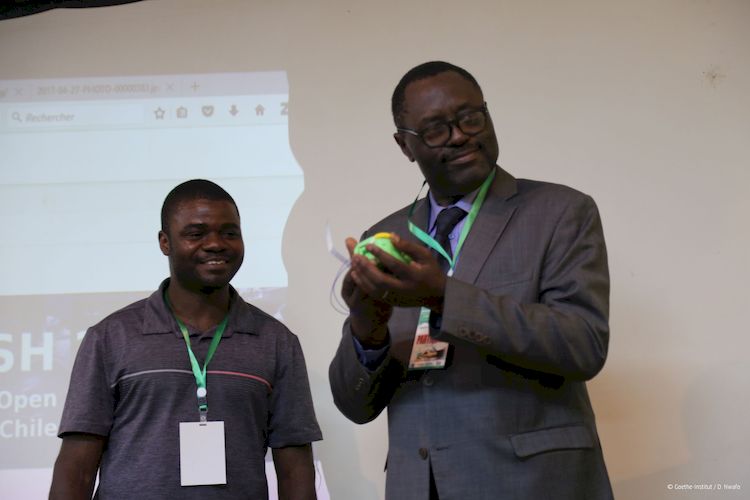
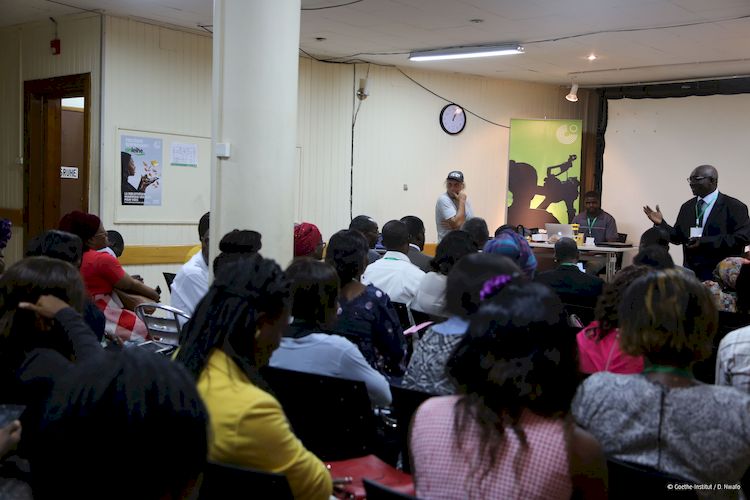
Discover biohacking
The work took place in the presence of a multidisciplinary audience, mainly composed of Cameroonian researchers in medicine, biology, physics, chemistry, computing, electronics, social sciences, etc., but also from neighboring countries (Niger, Central African Republic, Chad). Videoconference presentations allowed the audience to discover several aspects of biohacking: devices and objects obtained therefrom, industrial applications, teaching biohacking, how to create a biohackerspace as well as the founding principles of biohacking.
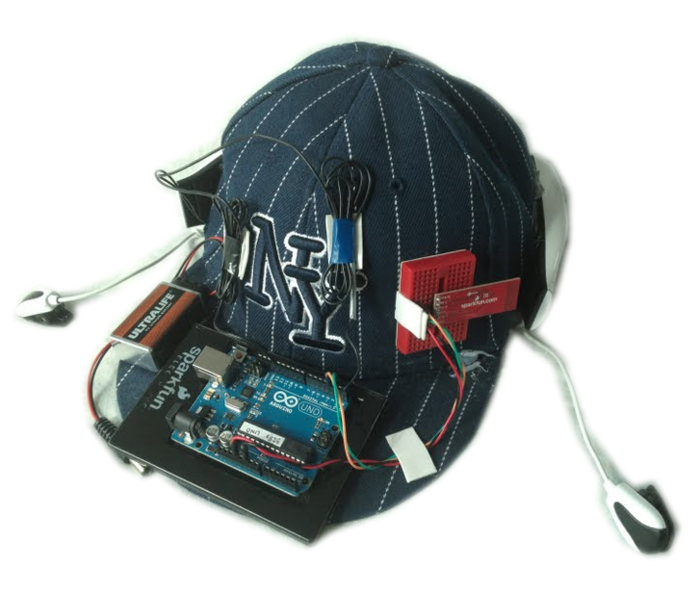
Several presentations explored unexpected possibilities of producing certain diagnosis tools oneself. From the outset, André Maia Chagas from Open Neuroscience made us discover numerous objects and devices presently used in medicine that we could make ourselves, including diagnosis devices (microscope, stethoscope, OpenBCI) as well as 3D printed prostheses. Subsequently, the Swiss pioneer of biohack Marc Dusseiller introduced bioelectronics and haemocytometrics, then the microscope, its optical founding principles and the different ways of making it oneself.
Participants also met certain biohackers who made or designed their own devices. The engineer Luc Jonveaux explained how to build an ultrasound medical imaging apparatus for less than $500. The biochemist Tobias Wenzel presented an adaptation of the gel electrophoresis system. The Cameroonian researcher Tabi Ebanda showed the plans of the device he designed to keep track of sick people’s liver cells.

Teaching yourself and creating your lab
There are several mediums, training and information methods on biohacking. Marc Dusseiller thus presented a cartography of more than 100 workshops organized worldwide by the Hackteria network. The wiki of this association is also packed with manufacturing protocols of DIYbio objects. The German neuroscientist André Maia Chagas reviewed the use of DIY devices for teaching biology and medicine. Tobias Wenzel also mentioned the list of DIY experiences in biology Docubricks. The existence of a biohacking academy in the Netherlands mentioned by Xiamyra Daal from the Waag Society also raised a lot of interest with the directors of ISTM.
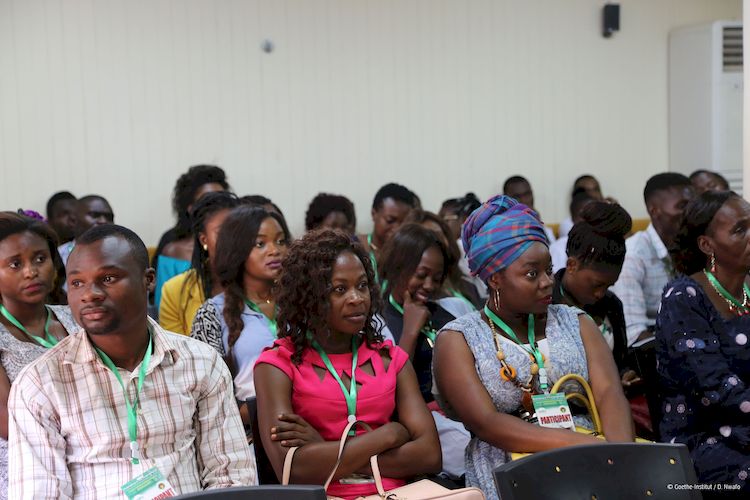
In their presentation, Pierre Padilla and Don Andrès from the Syntechbio network in Latin America provided all the necessary ins and outs to create one’s own laboratory. Information and strategies they deliver for free worldwide through the manual The Essential Biohacker’s Guide available in several languages. In the same way, Marc Dusseiller in his intervention made us travel from Asia to Europe, going through the Americas and Africa, to show us different spaces dedicated to biohacking. He then went about relating to us concrete experiences of setting up biolabs, so that we could find inspiration to create our own.
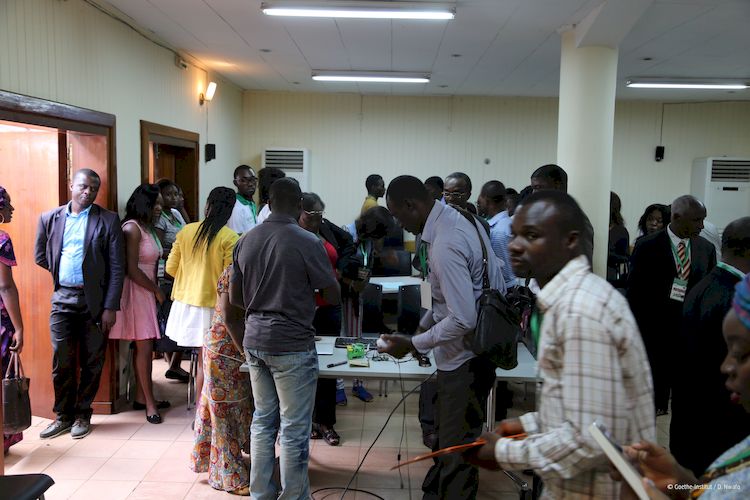
A few practical challenges
Thanks to the Gosh community (that provided us with some equipment), we were able to carry out workshops in microscopy, Arduino, Raspberry (RPi3), soldering and bio-printing. However, the same concerns and questions came back, from the presentations to the practical phase. The different contributors repeatedly mentioned the use of 3D printers, Raspberry Pi and Arduino. These unfortunately cannot be found on the local market unless you order them from Europe, China or North America, which would triple their cost and make the low cost ideal impossible.
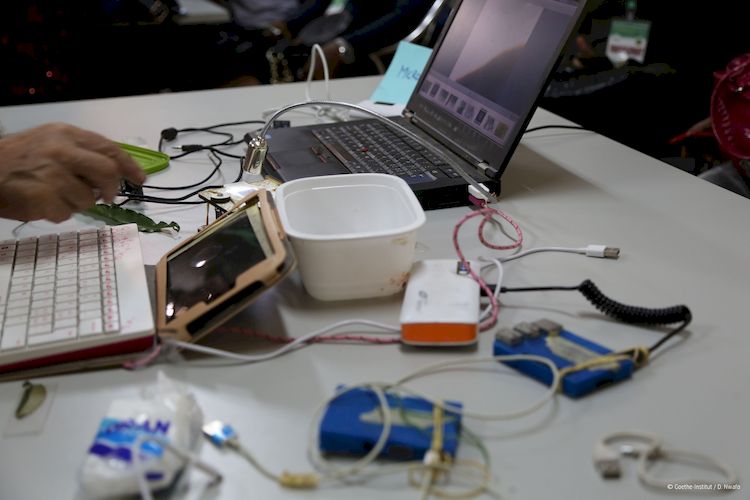
However, participants clearly saw the value of biohacking for our context, that would be very useful to resolve the local problems in the healthcare sector. Especially with the use of DIYbio objects that would serve to orient diagnoses, to carry out community healthcare. Even tough biohacking skills are very rare among African professionals, it is important that the young generations are trained early, so that practices spread with them.
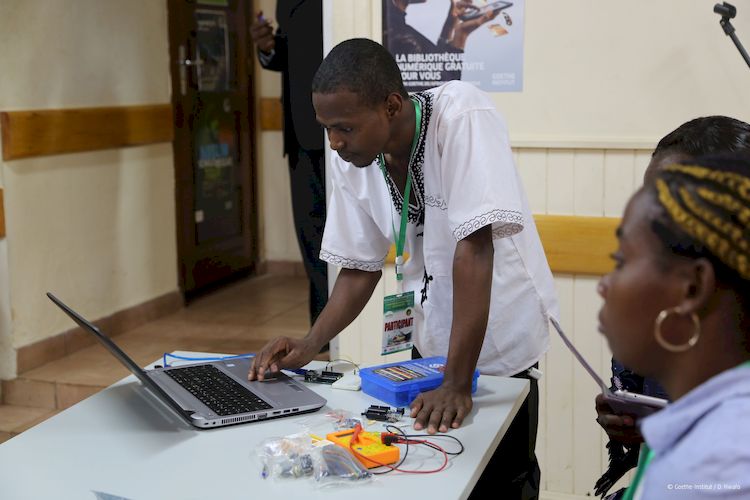
The future of biohacking in Cameroon and in Africa
The ISTM in Yaoundé will open a cross-disciplinary department of open science (DOS), the vocation of which will be, firstly to back, assist, train its teachers and students in open science, and secondly, support the other departments of ISTM in the integration, the development and the adoption of open science in their practices. The action of the DOS will be geared towards biohacking, free access, citizen sciences, free computing culture and free educational resources, the development and distribution in Africa.
Following the success of this first seminar, we felt the need to reproduce this experience in several African countries. The idea then emerged to organize a series of similar workshops grouped under the name Afrobiohacking Tour. To be continued!
The Global Open Science Hardware manifesto
Who are the two authors of this opinion column? Thomas Hervé Mboa Nkoudou, researcher in information and communication sciences at the University of Laval (Canada), was the moderator of the seminar; Jérôme Avom, teacher at the Higher institute of medical technology (Cameroon), was the facilitator.
